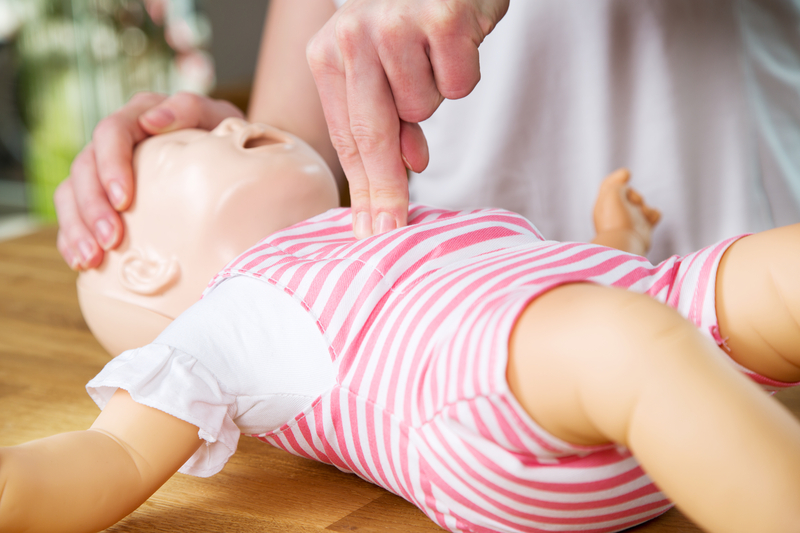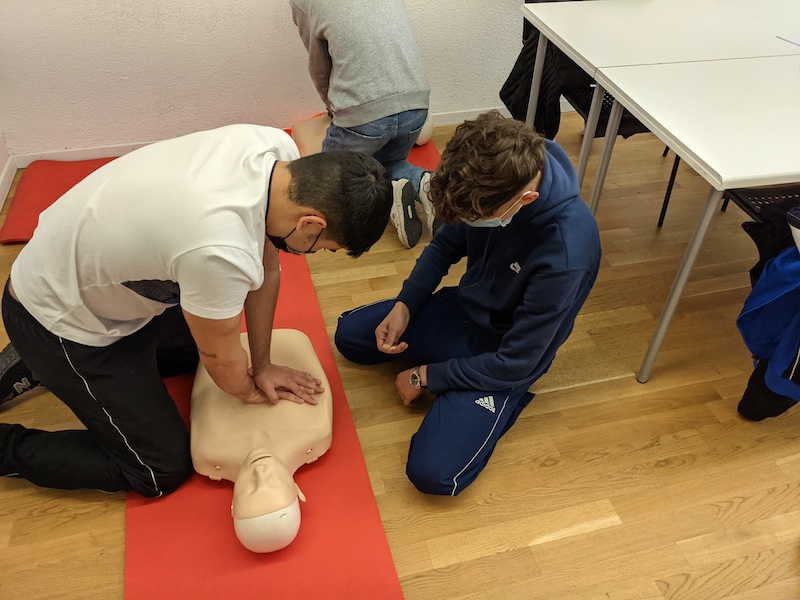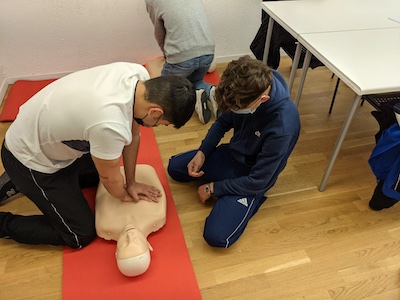In emergency situations, every second counts. Whether it’s a sudden cardiac arrest, a choking incident, or any other life-threatening event, being equipped with the knowledge and skills to provide immediate assistance can make a profound difference in someone’s life. That’s why obtaining CPR (Cardiopulmonary Resuscitation) certification is crucial for individuals from all walks of life. This certification not only empowers individuals to save lives but also fosters a safer and more prepared community.
Understanding CPR
CPR is an emergency life-saving technique performed on individuals experiencing cardiac arrest or other life-threatening situations. It can be performed by laypeople as well as professionals. CPR involves a combination of chest compressions and rescue breaths to help maintain blood circulation and deliver oxygen to the brain and vital organs until professional medical help arrives. The chest compressions help to manually pump the heart, while the rescue breaths provide oxygen to the person’s lungs. CPR aims to buy time and keep the person alive until advanced medical assistance can be provided.
How Being Certified in CPR Can Help
Cardiac arrest is a leading cause of death worldwide, with more than 350,000 out-of-hospital cases reported in the United States alone each year. In such a critical moment, the immediate application of CPR can double or even triple the chances of survival. By obtaining CPR certification, individuals gain the necessary knowledge to recognize the signs of cardiac arrest, respond appropriately, and administer the correct techniques effectively. Training programs teach participants how to assess the situation, check for responsiveness, initiate chest compressions, and provide rescue breaths. Moreover, participants learn how to utilize an Automated External Defibrillator (AED), a device that can deliver an electric shock to restore normal heart rhythm in cases of cardiac arrest caused by ventricular fibrillation or ventricular tachycardia.
Advantages of Being CPR Certified

One of the significant advantages of obtaining certification in CPR is the ability to respond confidently in emergency situations. Having the knowledge and skills to perform CPR allows individuals to take immediate action instead of waiting for professional help to arrive. In instances where every second matters, such as in remote areas or during traffic congestions, this can be the difference between life and death. Being certified in CPR instills a sense of responsibility and empowers individuals to be active participants in their communities, ensuring the safety and well-being of those around them.
This type of certification is not limited to healthcare professionals. It is equally crucial for teachers, parents, coaches, office workers, and anyone who interacts with others on a daily basis. Accidents and medical emergencies can happen anywhere, anytime, and having a CPR-certified individual present can greatly increase the chances of survival and minimize long-term damage. By obtaining certification, individuals can confidently provide assistance in a wide range of scenarios, including drowning incidents, heart attacks, and respiratory distress.
Other Benefits of Certification for CPR
Aside from the immediate benefits, learning CPR has a broader positive impact on communities. When more individuals are equipped with CPR skills, it strengthens the overall resilience of a community. This network of people with life-saving abilities creates a safety net that enhances the community’s capacity to respond to emergencies. By encouraging training in CPR, organizations, schools, and local authorities can foster a preparedness culture where residents actively participate in making their surroundings safer and more secure.
Fortunately, acquiring the necessary knowledge for this life-saving technique has become increasingly accessible. Numerous organizations, including the American Heart Association and the Red Cross, offer comprehensive training courses that cater to individuals with varying levels of medical expertise. These courses can be completed in a few hours and are available both in-person and online. Additionally, many employers, schools, and community centers recognize the importance of equipping their staff and members with life-saving skills, providing ample opportunities for training.
Conclusion

Obtaining certification for CPR is crucial for individuals seeking to be prepared for life-threatening situations. By learning this vital skill, individuals can become immediate responders, increasing the chances of survival and reducing long-term complications. This type of certification empowers individuals, promotes community preparedness, and creates a safer environment for everyone. The decision to become CPR certified is a decision to save lives, and there is no greater gift one can give than the gift of life.


